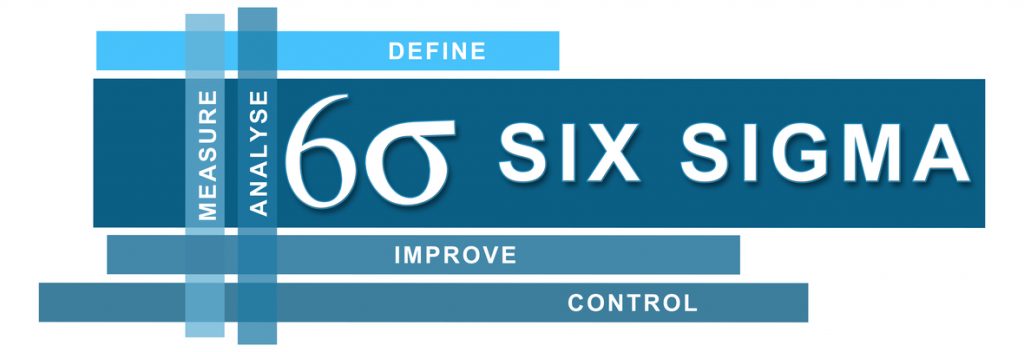Your cart is currently empty!

Book Review for “The Six Sigma Handbook,” Fourth Edition
For over fifteen years, The Six Sigma Handbook by Thomas Pyzdek has been the standard text on the subject of Six Sigma, an organized and comprehensive system for implementing what was once simply called “quality control” or “quality improvement.”
This book first appeared in hardcover from a major publisher in 2000, when nearly every other business book was about the glories of the Internet and the IT revolution. It’s not a biography of a glamorous business CEO or guru. It’s long and technical, and in 2000 the only long and technical books most people wanted were about computer programming and designing websites. Despite all that, The Six Sigma Handbook is now in its Fourth Edition.
Six Sigma originated with Bill Smith at Motorola in 1986. In 1995, the CEO of General Electric, Jack Smith used it at GE with notable success. Therefore, it soon became famous, and many other manufacturing companies have adopted the model.
What does Six Sigma mean, and how does it relate to quality control? The “sigma” comes from statistics, where the image of a bell curve describes the results of random events. The middle, the top of the bell, is where most events are most common. After that, the line goes down like the curve of a bell, and gradually slopes toward zero. Therefore, events are least common at these long tails. “Sigma” is just a mathematical way of measuring how far away from the common middle the tail is. In this case, events are manufacturing errors industrial companies want to minimize. At six sigma, their manufacturing process allows only one defect per 340,000 items.
As many other companies wanted to achieve the same improvement in product quality, that created a huge demand for experts in Six Sigma. Thomas Pyzdek, an expert with many years of experience in quality control and implementing statistical methods at companies, wrote this book to help everyone who wishes to become an expert in Six Sigma, although it doesn’t replace certifications. It has become the standard text for experts in the field and managers who need to understand it to use it in their companies.
Just as Six Sigma as a discipline has continued to evolve, this book has changed to reflect those changes. This edition explains Lean Six Sigma, which combines Six Sigma with Japanese Lean methodologies. It’s a great resource for managers bringing Six Sigma to their organizations. It introduces the two project methodologies, DMAIC (Define the system. Measure. Analyze. Improve. Control.) and DMADV(Define design goals. Measure. Analyze. Design. Verify.)
This edition also includes two online quizzes. One for green belt students and one for candidates for black belt certification. It contains links to five videos that explain Minitab functions, statistical process controls and Pareto charts.
The Six Sigma Handbook, Fourth Edition is a terrific way to begin learning about Six Sigma, but if you wish to become a serious professional in the field, you need to learn more and get certified.

Leave a Reply